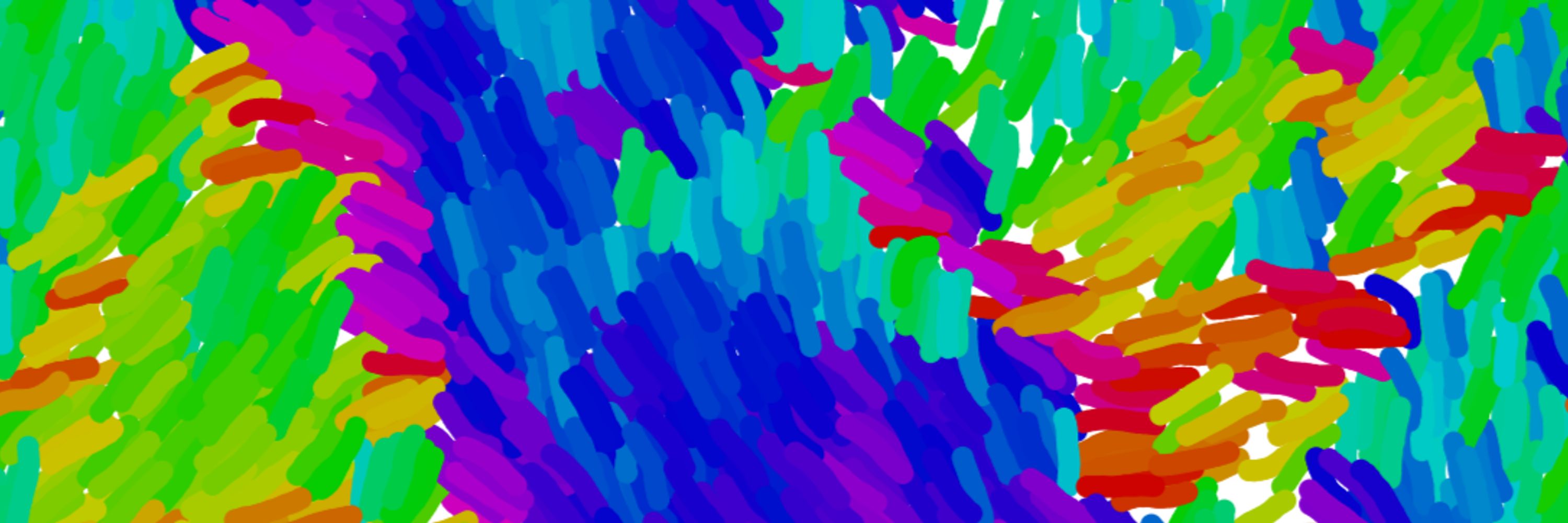
Mathieu Dedenon
@dedenonmathieu.bsky.social
PostDoc, Kruse lab at UNIGE, working on active living matter and tissue mechanics.
Former PhD at Curie institute on cell & tissue mechanics.
Former PhD at Curie institute on cell & tissue mechanics.
Finally, we made a little elasto-plastic model to understand the competition between CAF ring compression, CC multilayering and elasticity. It shows that the incomplete budding state only occurs in a narrow range of parameters, and full budding is generally expected. 4/4

February 5, 2025 at 9:29 AM
Finally, we made a little elasto-plastic model to understand the competition between CAF ring compression, CC multilayering and elasticity. It shows that the incomplete budding state only occurs in a narrow range of parameters, and full budding is generally expected. 4/4
Experiments show that CAFs climb on top of CCs thanks to a contractile ring, but CCs undergo multilayering and can stabilize an incomplete bud. The CAF ring tensile force is transmitted to the substrate and generates centripetal traction forces. 2/4

February 5, 2025 at 9:29 AM
Experiments show that CAFs climb on top of CCs thanks to a contractile ring, but CCs undergo multilayering and can stabilize an incomplete bud. The CAF ring tensile force is transmitted to the substrate and generates centripetal traction forces. 2/4
4/5
The book also shows the example of 'deterministic diffusion' when starting with few localized spots!
Chaotic maps can be very fun, look at this Arnold's cat map from Wikipedia iterating over time :
The book also shows the example of 'deterministic diffusion' when starting with few localized spots!
Chaotic maps can be very fun, look at this Arnold's cat map from Wikipedia iterating over time :

February 5, 2025 at 9:29 AM
4/5
The book also shows the example of 'deterministic diffusion' when starting with few localized spots!
Chaotic maps can be very fun, look at this Arnold's cat map from Wikipedia iterating over time :
The book also shows the example of 'deterministic diffusion' when starting with few localized spots!
Chaotic maps can be very fun, look at this Arnold's cat map from Wikipedia iterating over time :
3/5
Prigogine discusses deep mathematical reasons behind, but it is nicely illustrated for a discrete dynamical map of points on a square.
This 'baker map' is reversible but shows an arrow of time at the statistical level!
dx.doi.org/10.12921/cmst.…
Prigogine discusses deep mathematical reasons behind, but it is nicely illustrated for a discrete dynamical map of points on a square.
This 'baker map' is reversible but shows an arrow of time at the statistical level!
dx.doi.org/10.12921/cmst.…

February 5, 2025 at 9:29 AM
3/5
Prigogine discusses deep mathematical reasons behind, but it is nicely illustrated for a discrete dynamical map of points on a square.
This 'baker map' is reversible but shows an arrow of time at the statistical level!
dx.doi.org/10.12921/cmst.…
Prigogine discusses deep mathematical reasons behind, but it is nicely illustrated for a discrete dynamical map of points on a square.
This 'baker map' is reversible but shows an arrow of time at the statistical level!
dx.doi.org/10.12921/cmst.…
For physicists:
if you also found disturbing the jump from reversible classical/quantum dynamics to thermodynamics of irreversible processes (Loschmidt's paradox), have a look at this book by Prigogine and Stengers: fascinating!
1/5
if you also found disturbing the jump from reversible classical/quantum dynamics to thermodynamics of irreversible processes (Loschmidt's paradox), have a look at this book by Prigogine and Stengers: fascinating!
1/5

February 5, 2025 at 9:29 AM
For physicists:
if you also found disturbing the jump from reversible classical/quantum dynamics to thermodynamics of irreversible processes (Loschmidt's paradox), have a look at this book by Prigogine and Stengers: fascinating!
1/5
if you also found disturbing the jump from reversible classical/quantum dynamics to thermodynamics of irreversible processes (Loschmidt's paradox), have a look at this book by Prigogine and Stengers: fascinating!
1/5
For active matter people confused/ignorant about glass/jamming transitions, this review might help !-Clarifying points on classical results (this schematic phase diagram 🥰),
-Glassy dynamics in active systems with minimal system.
pubs.aip.org/aip/jcp/articl…
-Glassy dynamics in active systems with minimal system.
pubs.aip.org/aip/jcp/articl…

February 5, 2025 at 9:29 AM
For active matter people confused/ignorant about glass/jamming transitions, this review might help !-Clarifying points on classical results (this schematic phase diagram 🥰),
-Glassy dynamics in active systems with minimal system.
pubs.aip.org/aip/jcp/articl…
-Glassy dynamics in active systems with minimal system.
pubs.aip.org/aip/jcp/articl…
5/8
Because in the experiments density gradients are radial and point inwards, the coupling favors an aster configuration.
The competition with the activity-driven spiral results into a spiral-aster transition when density increases!
Because in the experiments density gradients are radial and point inwards, the coupling favors an aster configuration.
The competition with the activity-driven spiral results into a spiral-aster transition when density increases!

February 5, 2025 at 9:28 AM
5/8
Because in the experiments density gradients are radial and point inwards, the coupling favors an aster configuration.
The competition with the activity-driven spiral results into a spiral-aster transition when density increases!
Because in the experiments density gradients are radial and point inwards, the coupling favors an aster configuration.
The competition with the activity-driven spiral results into a spiral-aster transition when density increases!
4/8
Enters density-polarity coupling!
Following up on the previous description, we add that cell polarization is sensitive to local inhomogeneities of density:
it preferentially aligns opposite to (or along) density gradients.
Enters density-polarity coupling!
Following up on the previous description, we add that cell polarization is sensitive to local inhomogeneities of density:
it preferentially aligns opposite to (or along) density gradients.

February 5, 2025 at 9:28 AM
4/8
Enters density-polarity coupling!
Following up on the previous description, we add that cell polarization is sensitive to local inhomogeneities of density:
it preferentially aligns opposite to (or along) density gradients.
Enters density-polarity coupling!
Following up on the previous description, we add that cell polarization is sensitive to local inhomogeneities of density:
it preferentially aligns opposite to (or along) density gradients.

